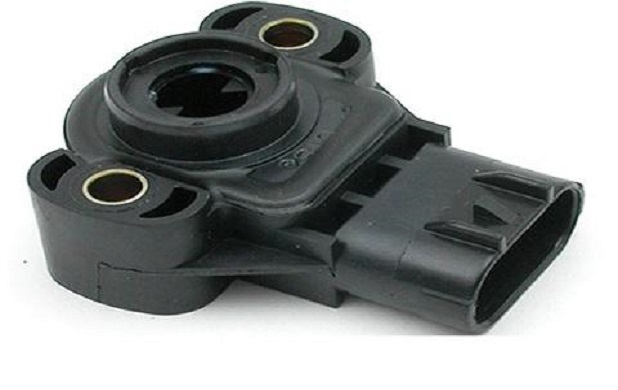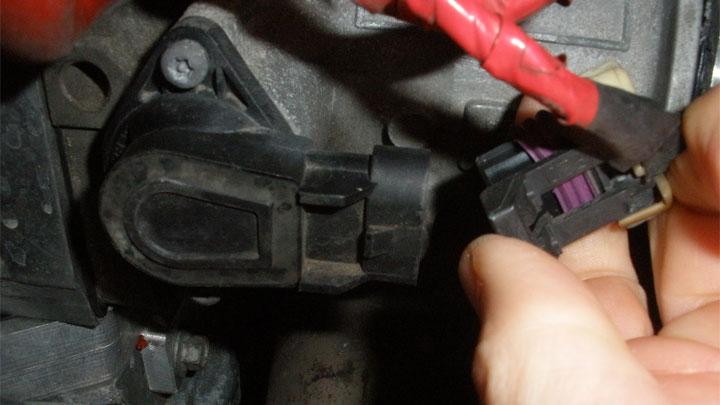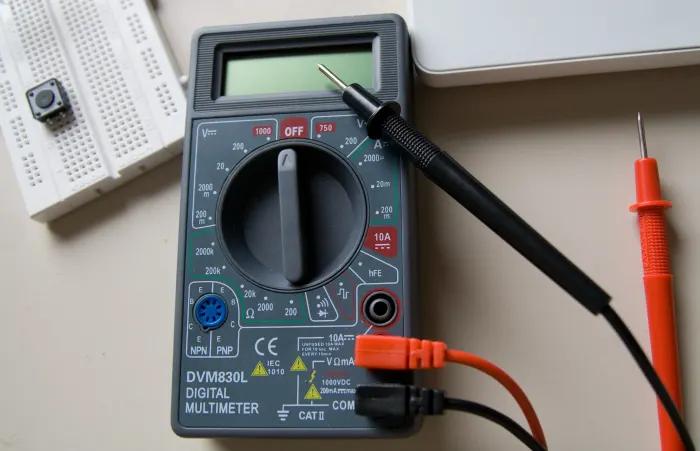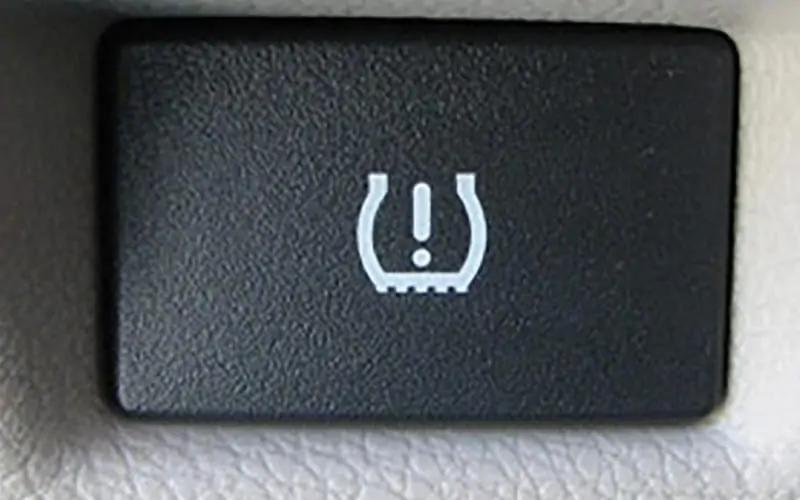The throttle position sensor , also known as the TPS, is a vital component of the fuel management system in your car. Its primary responsibility is to ensure that the engine receives an accurate mixture of air and fuel.

Figure 1: Throttle Position Sensor Module
This sensor collaborates with others to improve launch, highway mileage, and efficiency. Repairing a broken TPS is essential to the proper operation of your car. Here is everything you need to know about how to test the throttle.position sensor
Catalog
What does Throttle Position Sensor Do?
It is responsible for sensing the state of the butterfly valve or the throttle valve and sending that information to engine control unit. This sensor determines the location of the pedal based on how deep down the accelerometer it is pressed, and it also checks the amount of current that is generated.
The amount of air that is let into the engine is determined by where the pedal is depressed. If valve is fully opened, a significant volume of air will be provided to the engine, and the same is true if the valve is fully closed.
The output that is supplied by this sensor, together with the output that is given by other sensors, is transferred to the engine control module. The engine control unit then uses this information to determine the quantity of fuel that should be pumped into the engine. This sensor is a potentiometer that has three wires attached to it. The resistive layer of the sensor receives power of 5V, which is delivered by the first wire. The second wire serves as ground, while the third is linked to the wiper of the potentiometer and acts as an input to the engine's control unit.
Throttle Position Sensor Location
The throttle position sensor (TPS) is often attached to the throttle body, which is the housing that holds the throttle valve.
Types of Throttle Position Sensor
There are three distinct varieties of throttle position sensors, each separated by the specifics of their design.
- Closed throttle position sensors, commonly known as throttle position sensors have built-in end switches.
- The potentiometer kind.
- The hybrid form that combines elements of each of these types.
Symptoms of a Bad Throttle Position Sensor

Figure 2: Symptoms of bad Throttle Position Sensor
1. Lack Of Power
You will notice that your engine is not accelerating as it should be if it is not receiving the necessary amount of gasoline or if it is receiving an excessive amount of fuel. If it is not operating properly, the TPS will not signal for more gasoline when you apply pressure to the accelerator pedal. In the event that the contrary occurs, your car may rush ahead even if you have no intention of increasing its speed.
2. Difficulty Accelerating
In a same vein, you could discover that your automobile can get up speed, but it will only go as fast as a certain point. After the first or second gear, you could have the impression that the vehicle is unable to accelerate any farther and will not change into higher gears.
3. Uneven Idle
If your vehicle cannot keep a consistent engine speed when idling, it may be time to replace the transmission position sensor (TPS).
To keep an engine at a consistent idle speed, the fuel supply must remain at a constant level.
4. Engine Check Light
A check engine light, by itself, may imply absolutely nothing at all or it may indicate that something quite serious is going on.
TPS is likely malfunctioning in the presence of any of the above signs.
How to Test the Throttle Position Sensor?
If you own a multimeter, testing a TPS on your vehicle is a rather straightforward process. The following is a step-by-step guide on how to test a TPS sensor.

Figure 3: Throttle Position Sensor Testing
1. Find the throttle mechanism
The housing that is connected to the engine compartment will remain what it is. It will be the point from where the gasoline line branches off. There will be a device attached to the throttle body which has cables leading to the engine control unit (ECU). This is the sensor for the position of the throttle.
2. Find the wires that go to the power source, the ground, and the signal.
After you have determined the components, the next step is to locate the power, ground, and signal lines. Simply said, this is due to the fact that all automobiles employ the same colors. The black cables represent the ground, while the red lines represent the electricity. The wire that carries the signal will be a different color, such as yellow, green, or blue.
3. Examining the reference voltage
Adjust the dial on the multimeter so that it reads volts. You will need to examine the voltage that serves as a reference. This demonstrates the voltage that is passing in between TPS and also the ECU. To verify that it is working correctly, connect the negative meter probe to positive tab on the TPS wire and then connect the positive probe to the negative tab. If everything is functioning properly, the reading on the multimeter should be at about 5 volts.
4. Evaluate the signal voltage
At this point, you need to examine the voltage of the signal. In order to do this, you must first connect the positive probe to the signal wire tab, and then you must connect the ground probe to the frame of the vehicle. A voltage of half a volt is considered to be acceptable.
How to Reset Throttle Position Sensor?

Figure 4: Reset Throttle Position Sensor
By pressing the TPMS reset button, you will be able to reset the TPS. In the vast majority of automobile models, you'll find this button placed underneath the steering wheel. The following is the procedure for resetting the position of a TPS:
- To turn the car on but not start the engine, switch the key to the on position.
- Keep pressing the TPMS button down until the light next to the tire pressure indicator flashes three times. Then you must let go.
- Turn on the engine.
- You will have to wait for the sensor to reset, which should take around 20 minutes.
Conclusion
It is essential to point out that the gas mileage you get will be different based on the brand, model, and year of the car you drive.
Because the TPS in normal vehicles may have a different physical appearance or be situated in an unusual location, it is important for you to consult the maintenance handbook that came with your vehicle in order to get some tips.
It is also important to remember that in certain circumstances, in order to adjust the sensor, you will need to make use of a voltmeter. It may be done with the engine running, but the criteria for doing so will vary depending on the make and model of your car; therefore, check the handbook once again!




